Re: AW Insect Book: Odonata (Damselflies and Dragonflies)
Posted: Sun Nov 09, 2014 3:54 pm
Red Groundling Brachythemis lacustris (Rooi Grondkruiper)
Suborder: Anisoptera. Superfamily Libelluloidea. Family: Libellulidae
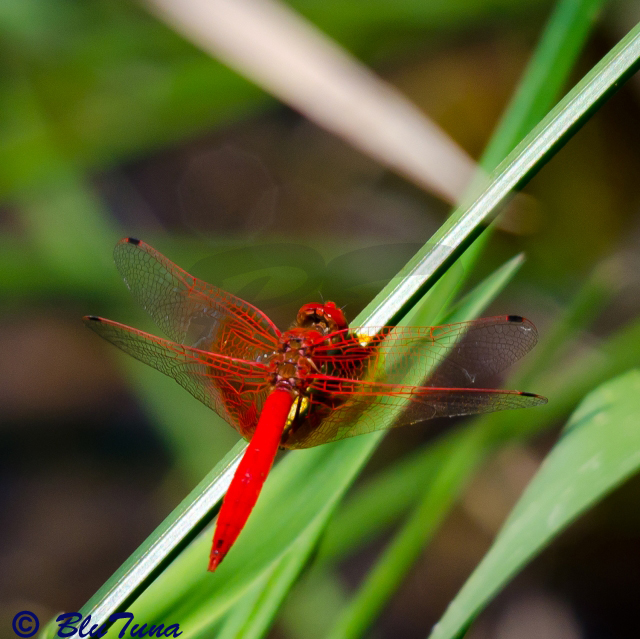 © BluTuna
© BluTuna
Male, Kruger National Park
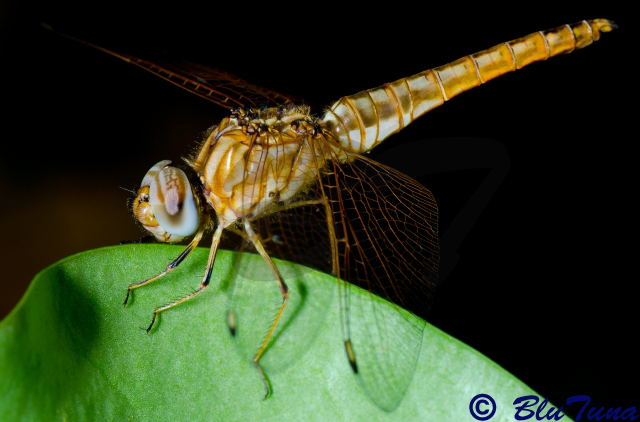 © BluTuna
© BluTuna
Teneral male, Kruger National Park
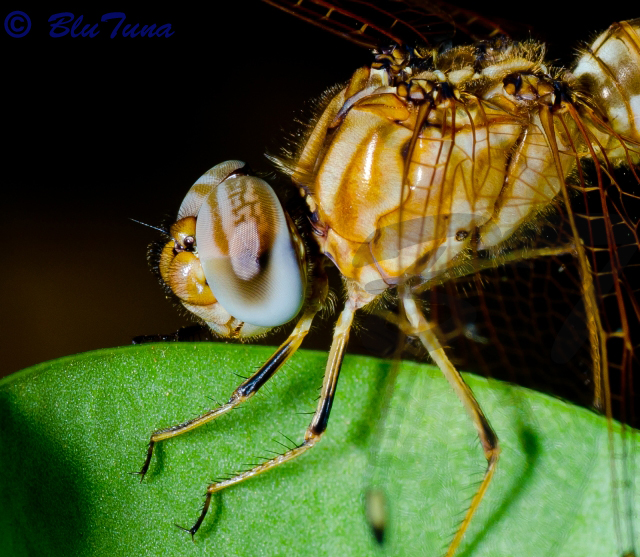 © BluTuna
© BluTuna
Teneral male, Kruger National Park
Description
Body length: 31.5-32.5 mm. Hindwing length: 22-22.5 mm. Small, stocky, bright red, with large orange splashes on wings.
Face and vertex all brownish red. Frons and vertex dimpled. Eyes above blood red, pinkish below. Synthorax bright red. Wings all with large, bright orange splashes, almost reaching nodus. Pterostigmas yellowish brown on inner two-thirds, becoming darker, reddish on outer third. Pterostigmas short, 2.1-2.2 mm long. Abdomen swollen at base. S1-4, all bright red, with no dark or black markings.
Female all yellowish and light brown with few distinctive markings and a less tapering and more bulbous abdomen. Wings completely clear, with no orange markings.
Similar species: Can be confused with the Rock Dropwing Trithemis kirbyi ardens.
Distribution
Throughout most of the African Continent, South Europe and West Asia. The species is widespread in tropical sub-Saharan Africa, except from rainforest areas. This species is common along perennial river systems in the tropical north of southern Africa. It does not occur in the arid southwest or at the Cape. The range extends patchily from coastal Zululand northwards through the hot. low-lying eastern parts of South Africa.
Native to: Angola; Benin; Botswana; Burkina Faso; Chad; DRC; Côte d'Ivoire; Equatorial Guinea; Ethiopia; Gambia; Ghana; Guinea; Kenya; Liberia; Malawi; Mali; Mozambique; Namibia (Caprivi Strip); Niger; Nigeria; Senegal; Somalia; South Africa; Sudan; Tanzania,Togo; Uganda; Zambia; Zimbabwe.
Habitat
Rivers and streams in savanna, bush and woodland. This species is seen at pools and rain puddles. It is frequently found on rocks near rivers, from where it hunts mosquitoes and other aquatic flies.
Biology
Flight period: November to April.
This species is very gregarious, often with several individuals of both sexes perching along same grass stem at water edge.
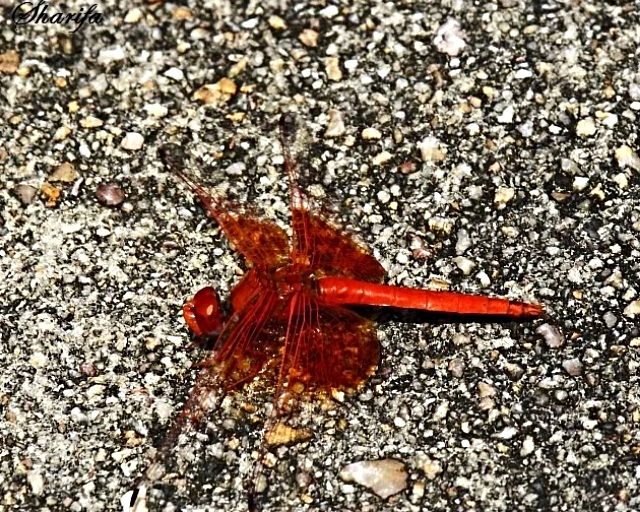 © Sharifa
© Sharifa
Kruger National Park, Biyamiti
Links:
Warwick Tarboton Photos;
Michael J. Samways: Dragonflies and Damselflies of South Africa
http://thebdi.org/2020/06/12/red-ground ... lacustris/
Suborder: Anisoptera. Superfamily Libelluloidea. Family: Libellulidae
 © BluTuna
© BluTunaMale, Kruger National Park
 © BluTuna
© BluTunaTeneral male, Kruger National Park
 © BluTuna
© BluTunaTeneral male, Kruger National Park
Description
Body length: 31.5-32.5 mm. Hindwing length: 22-22.5 mm. Small, stocky, bright red, with large orange splashes on wings.
Face and vertex all brownish red. Frons and vertex dimpled. Eyes above blood red, pinkish below. Synthorax bright red. Wings all with large, bright orange splashes, almost reaching nodus. Pterostigmas yellowish brown on inner two-thirds, becoming darker, reddish on outer third. Pterostigmas short, 2.1-2.2 mm long. Abdomen swollen at base. S1-4, all bright red, with no dark or black markings.
Female all yellowish and light brown with few distinctive markings and a less tapering and more bulbous abdomen. Wings completely clear, with no orange markings.
Similar species: Can be confused with the Rock Dropwing Trithemis kirbyi ardens.
Distribution
Throughout most of the African Continent, South Europe and West Asia. The species is widespread in tropical sub-Saharan Africa, except from rainforest areas. This species is common along perennial river systems in the tropical north of southern Africa. It does not occur in the arid southwest or at the Cape. The range extends patchily from coastal Zululand northwards through the hot. low-lying eastern parts of South Africa.
Native to: Angola; Benin; Botswana; Burkina Faso; Chad; DRC; Côte d'Ivoire; Equatorial Guinea; Ethiopia; Gambia; Ghana; Guinea; Kenya; Liberia; Malawi; Mali; Mozambique; Namibia (Caprivi Strip); Niger; Nigeria; Senegal; Somalia; South Africa; Sudan; Tanzania,Togo; Uganda; Zambia; Zimbabwe.
Habitat
Rivers and streams in savanna, bush and woodland. This species is seen at pools and rain puddles. It is frequently found on rocks near rivers, from where it hunts mosquitoes and other aquatic flies.
Biology
Flight period: November to April.
This species is very gregarious, often with several individuals of both sexes perching along same grass stem at water edge.
 © Sharifa
© SharifaKruger National Park, Biyamiti
Links:
Warwick Tarboton Photos;
Michael J. Samways: Dragonflies and Damselflies of South Africa
http://thebdi.org/2020/06/12/red-ground ... lacustris/
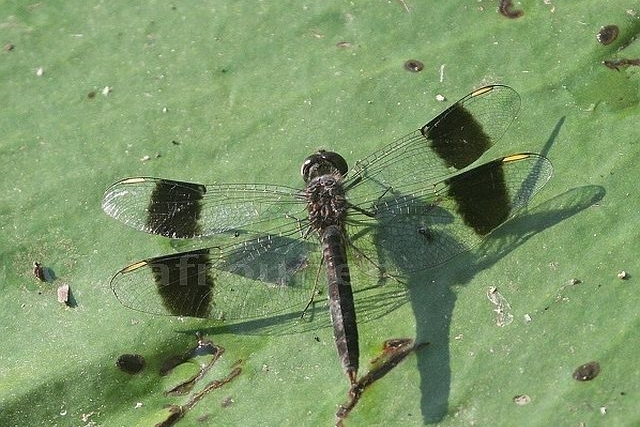 © nan
© nan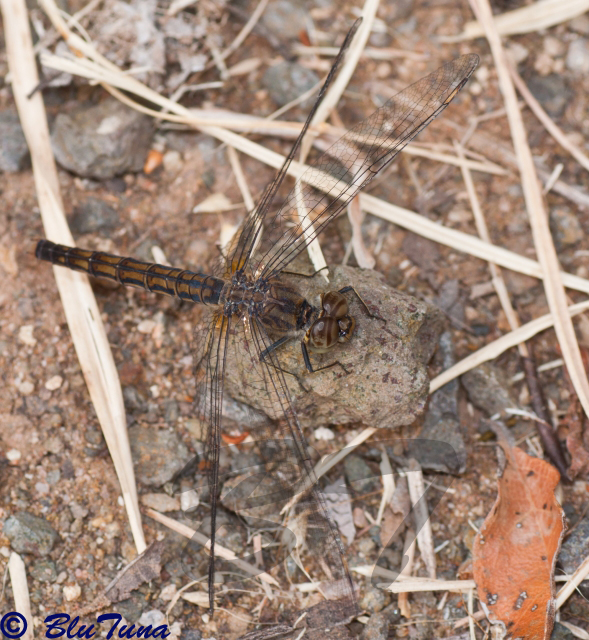 © BluTuna
© BluTuna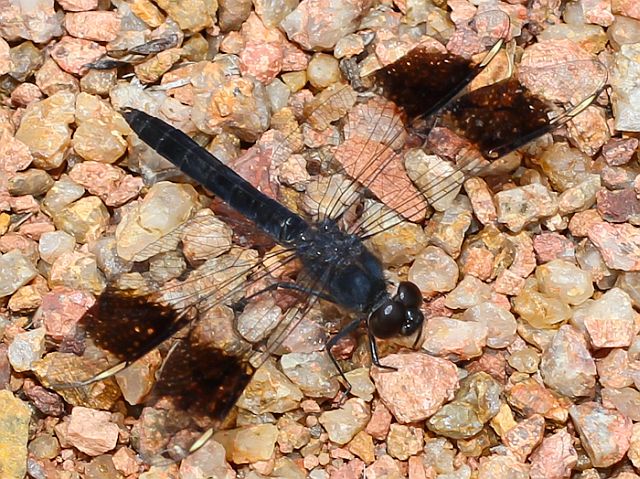 © Super Mongoose
© Super Mongoose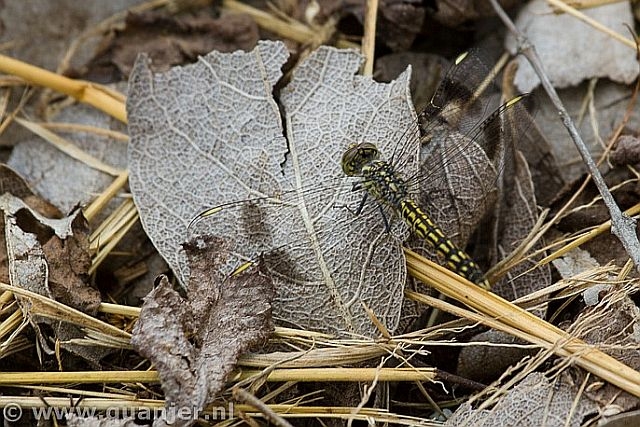 © Guinea Pig
© Guinea Pig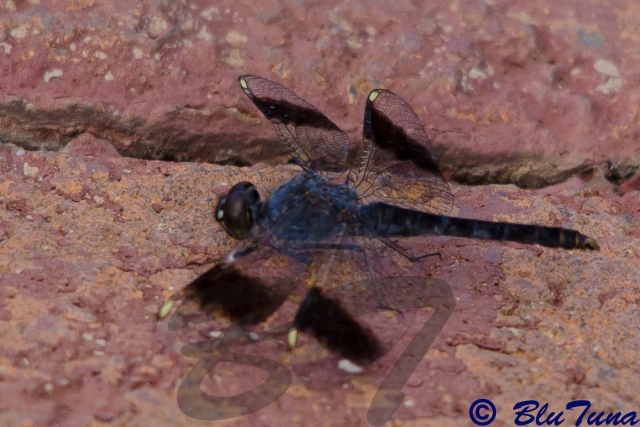 © BluTuna
© BluTuna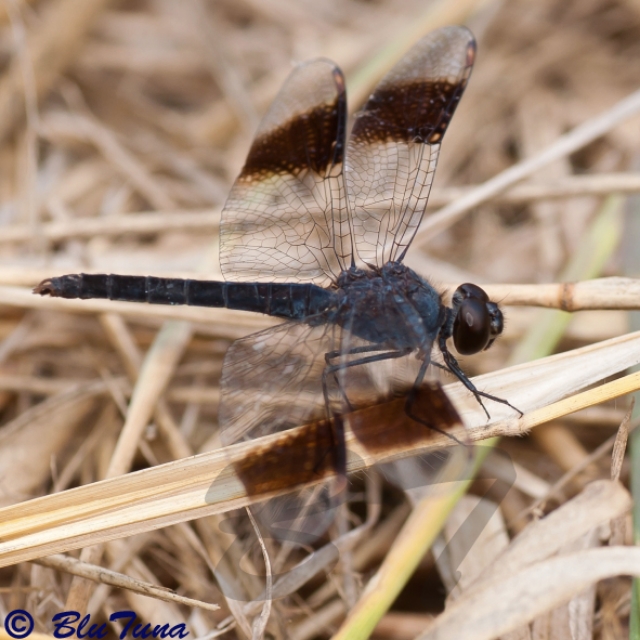 © BluTuna
© BluTuna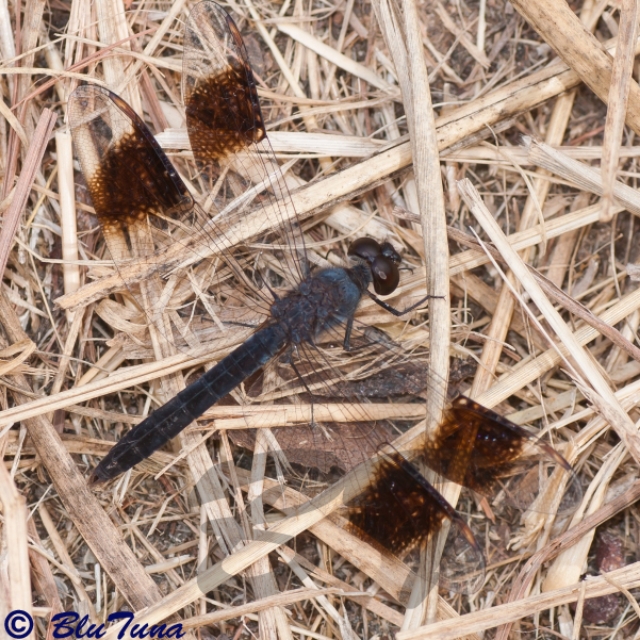 © BluTuna
© BluTuna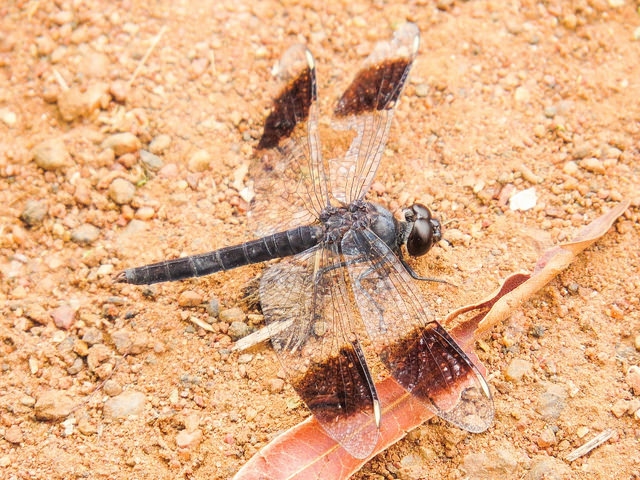 © steamtrainfan
© steamtrainfan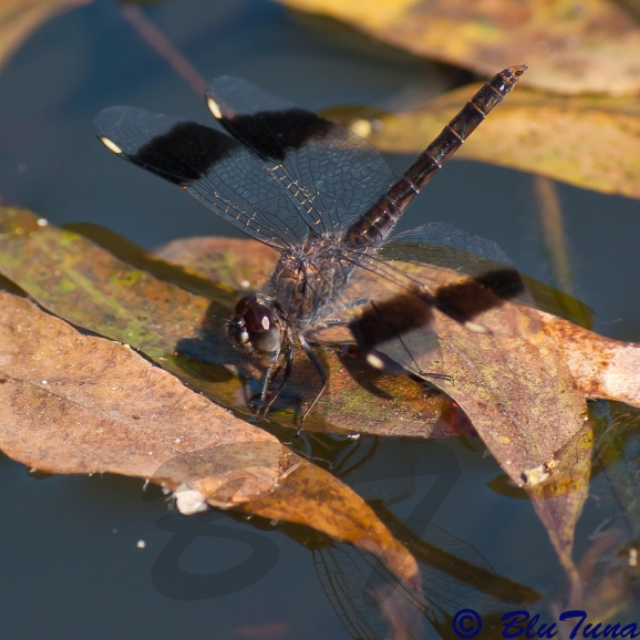 © BluTuna
© BluTuna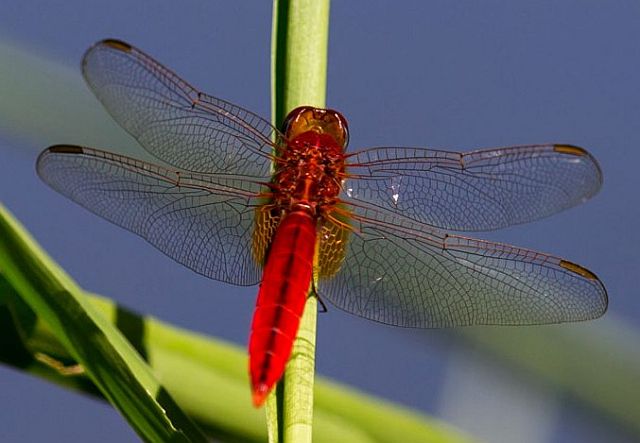 © Pumbaa
© Pumbaa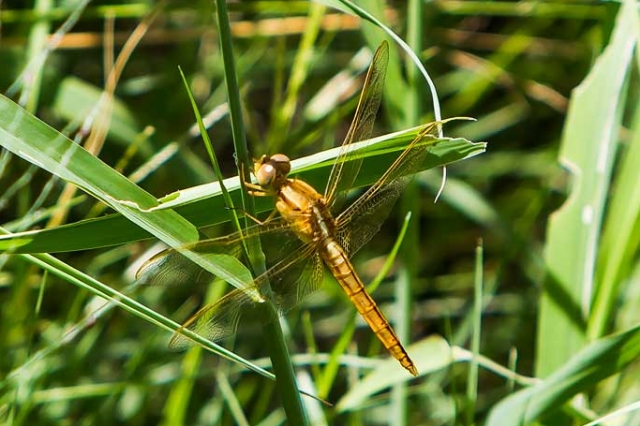 © Pumbaa
© Pumbaa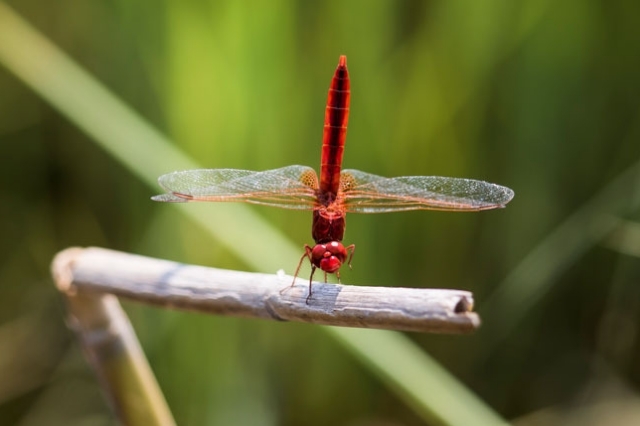 © Pumbaa
© Pumbaa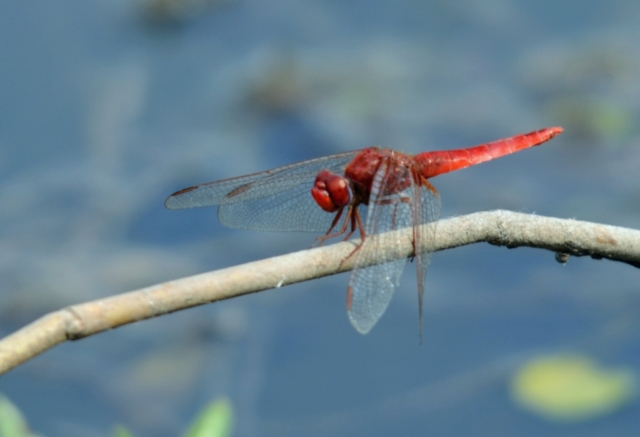 © BluTuna
© BluTuna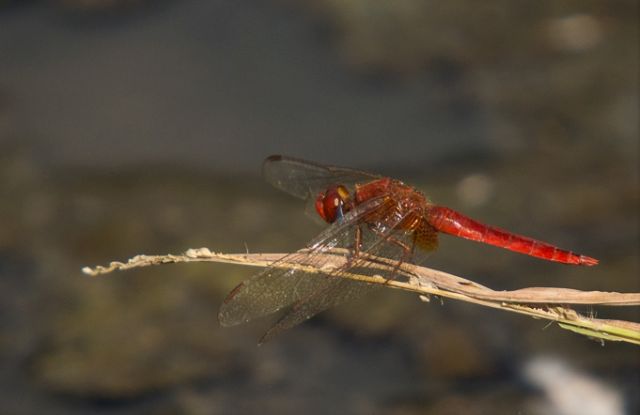 © Kesheshe
© Kesheshe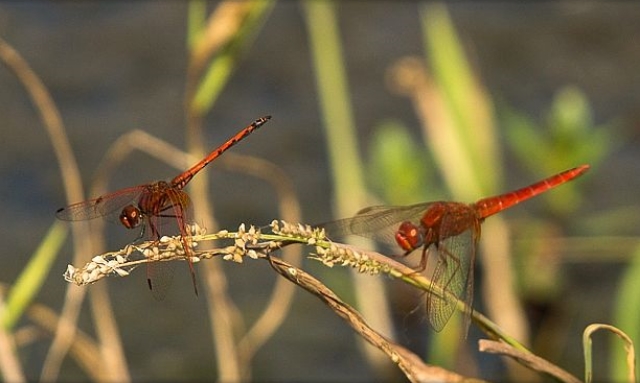 © Kesheshe
© Kesheshe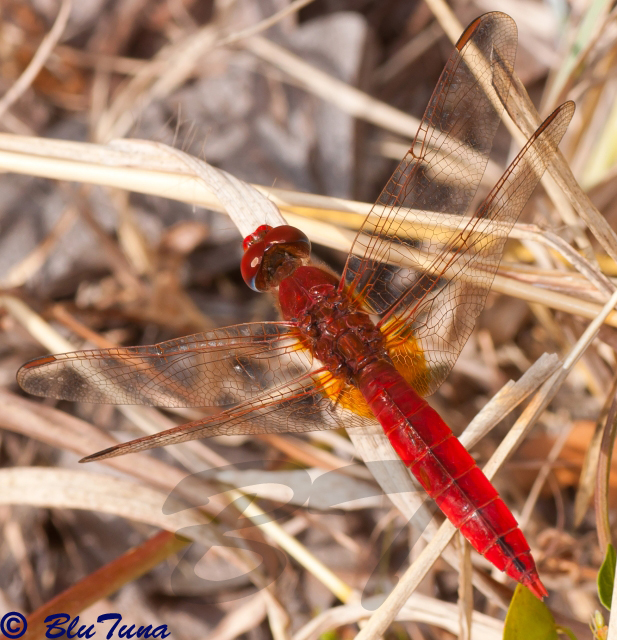 © BluTuna
© BluTuna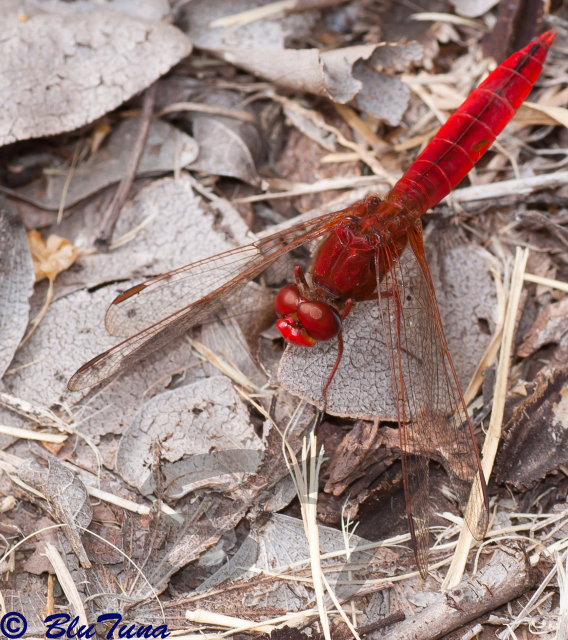 © BluTuna
© BluTuna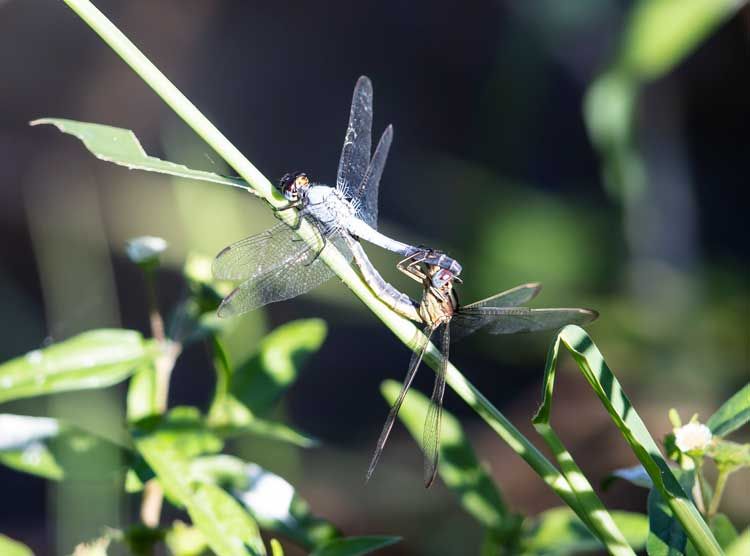 © Pumbaa
© Pumbaa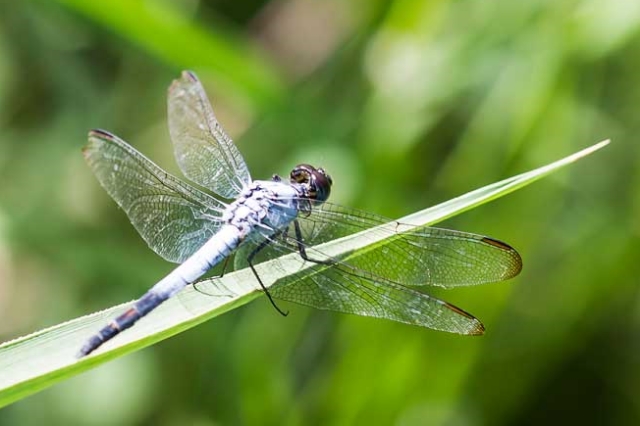 © Pumbaa
© Pumbaa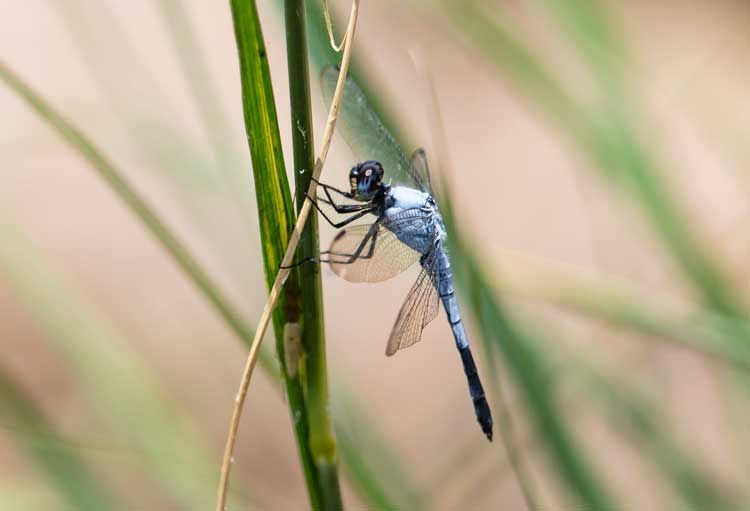 © Pumbaa
© Pumbaa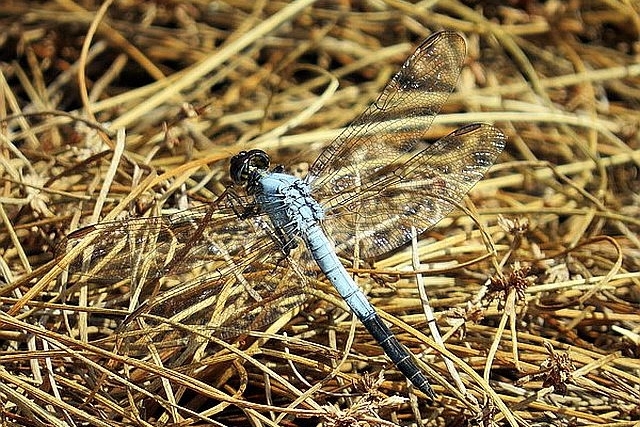 © Hawkeyes
© Hawkeyes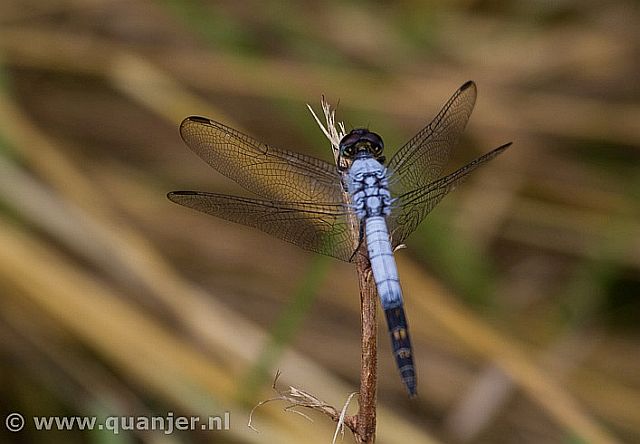 © Guinea Pig
© Guinea Pig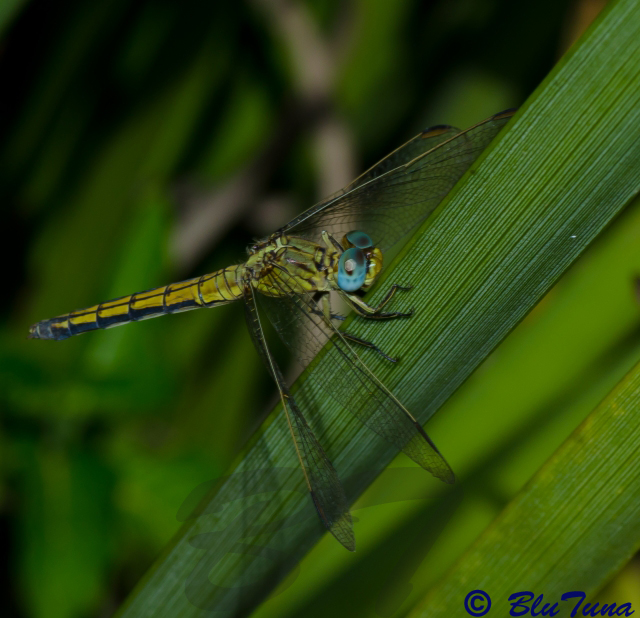 © BluTuna
© BluTuna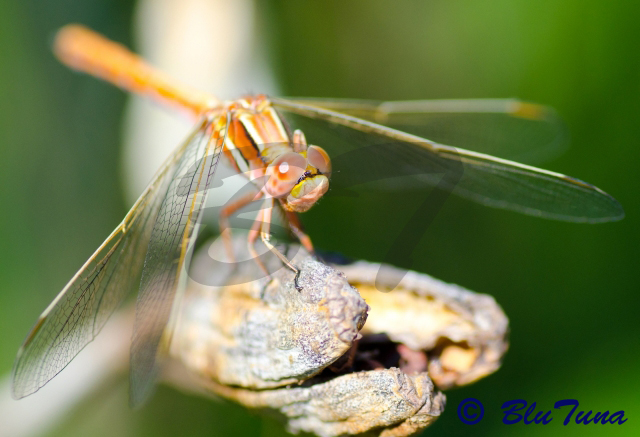 © BluTuna
© BluTuna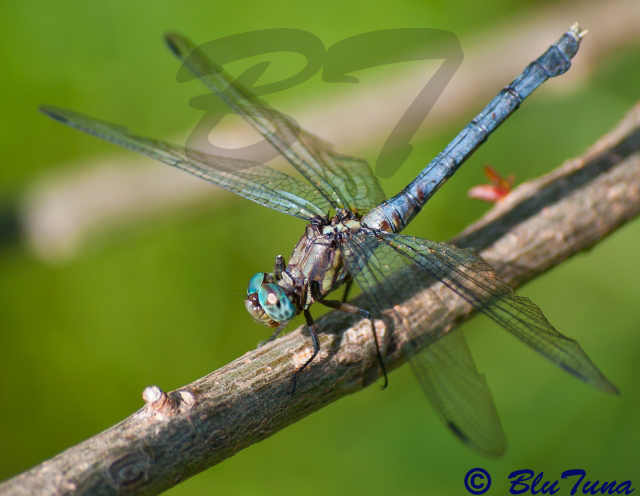 © BluTuna
© BluTuna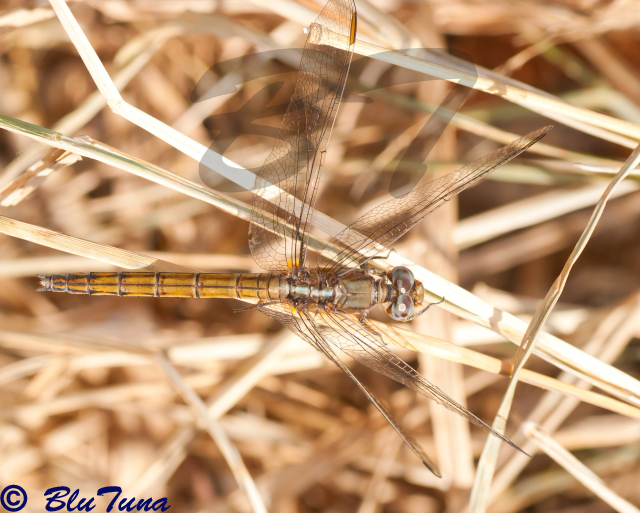 © BluTuna
© BluTuna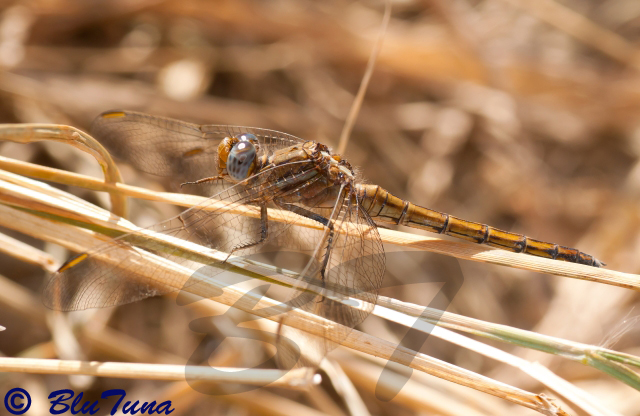 © BluTuna
© BluTuna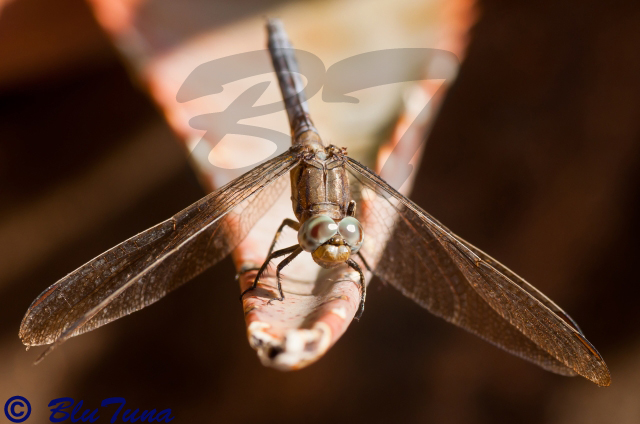 © BluTuna
© BluTuna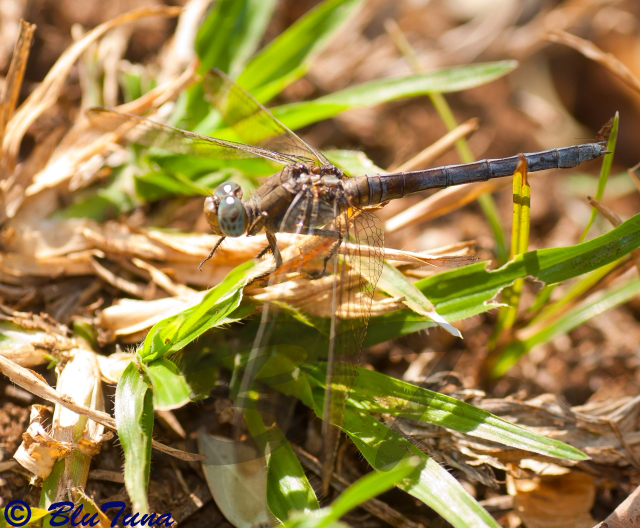 © BluTuna
© BluTuna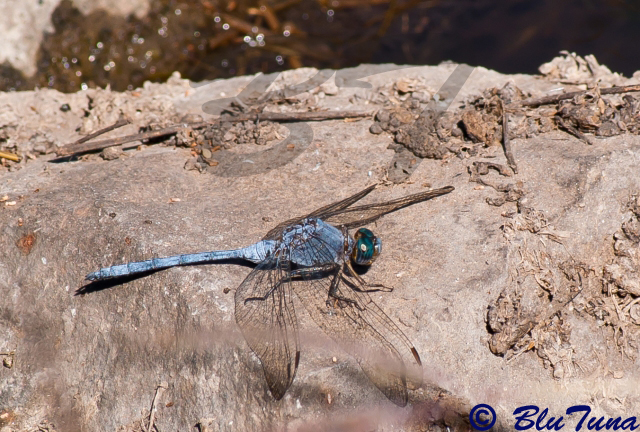 © BluTuna
© BluTuna © BluTuna
© BluTuna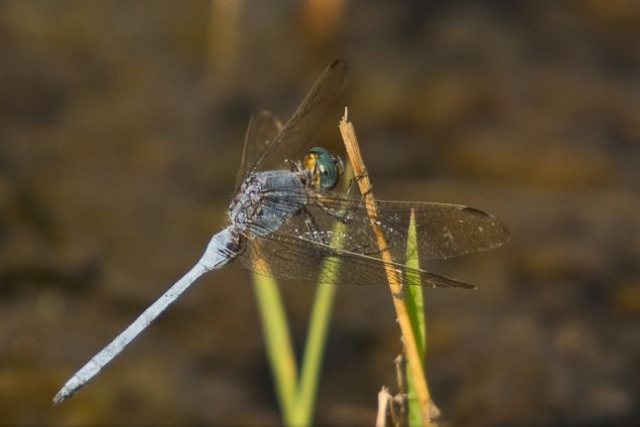 © Kesheshe
© Kesheshe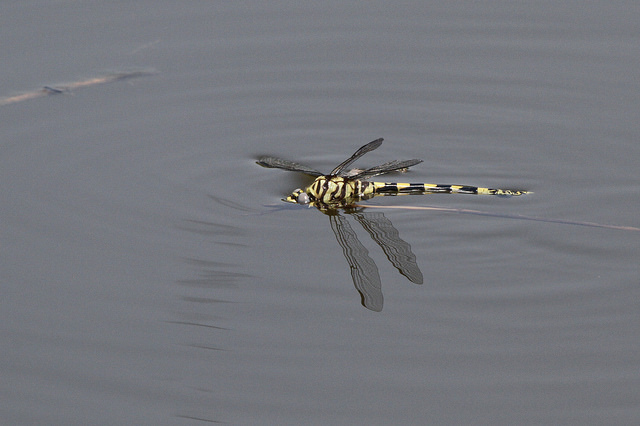 © flying cheetah
© flying cheetah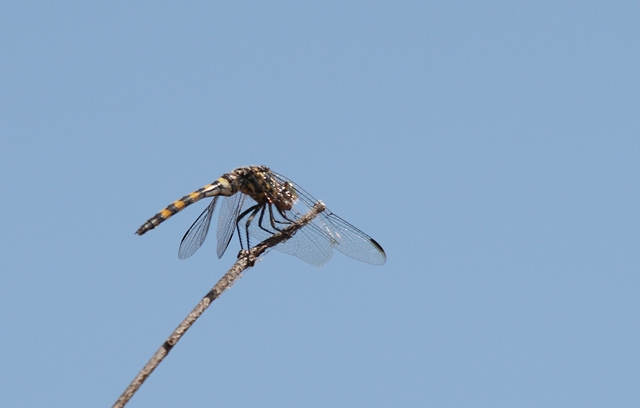 © Flutterby
© Flutterby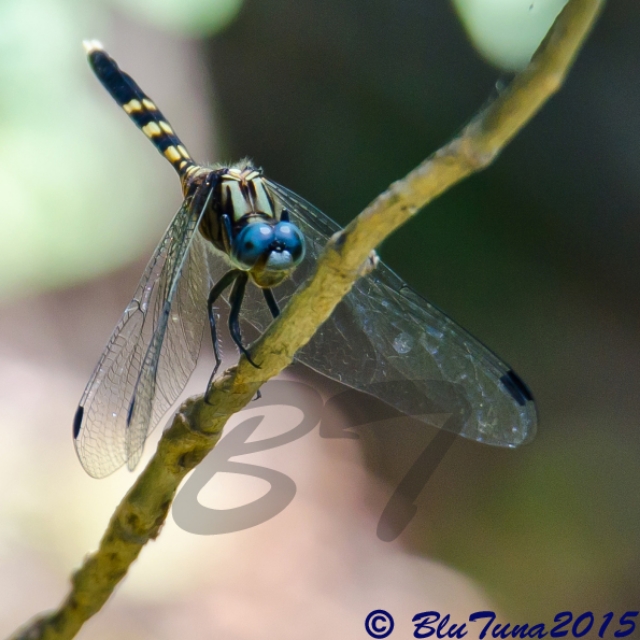 © BluTuna
© BluTuna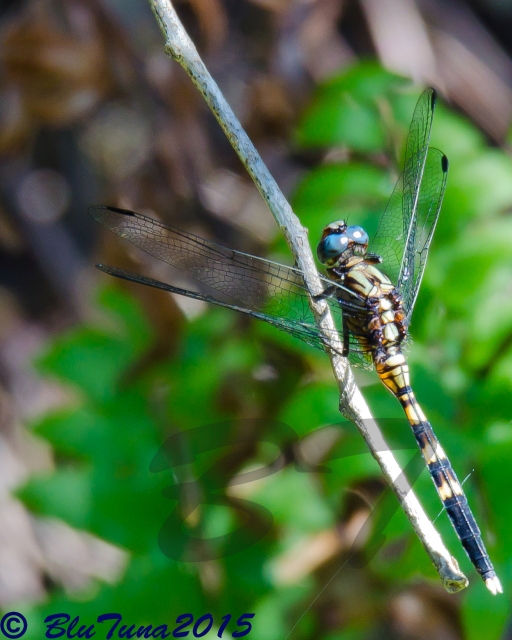 © BluTuna
© BluTuna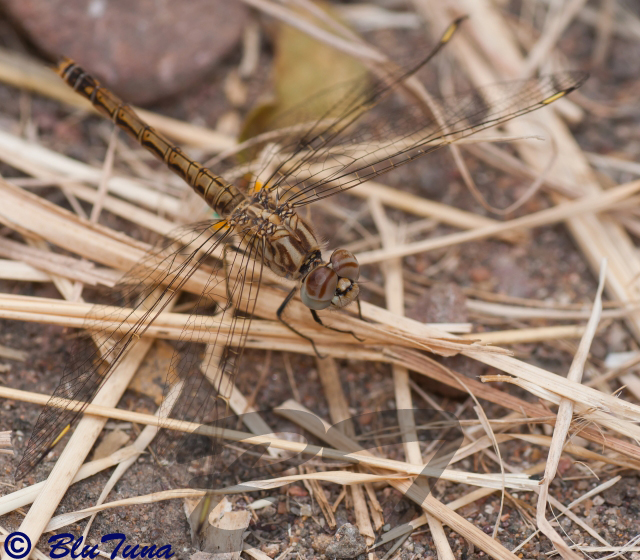 © BluTuna
© BluTuna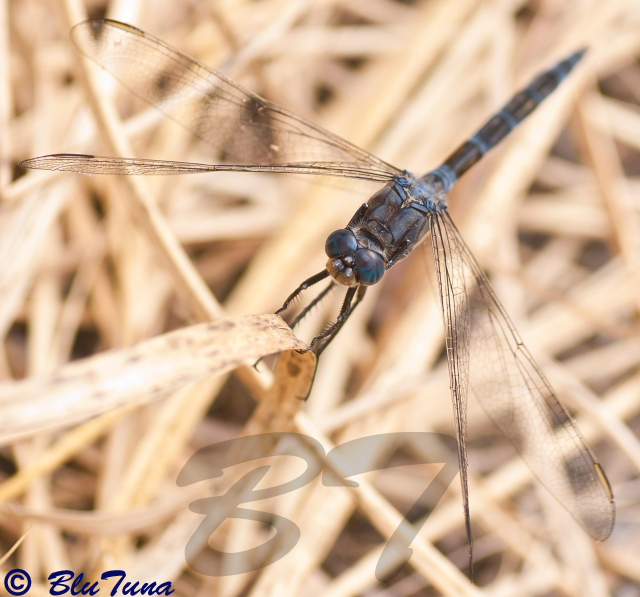 © BluTuna
© BluTuna